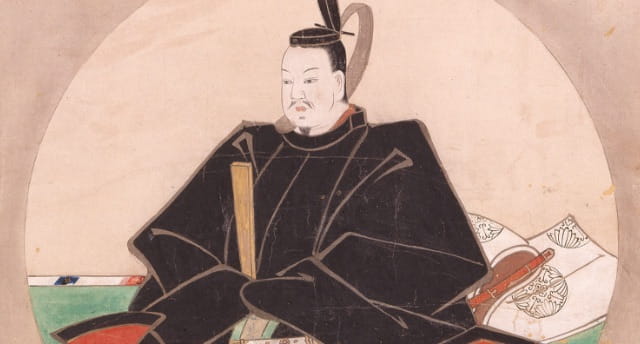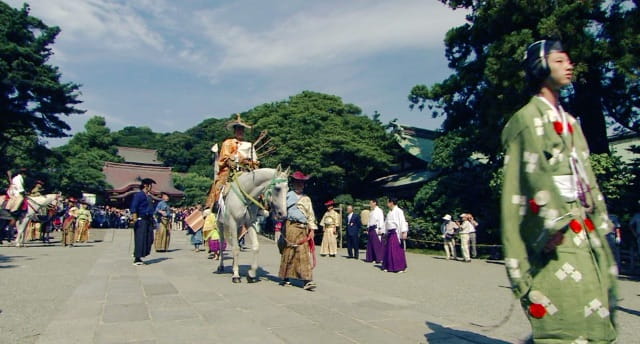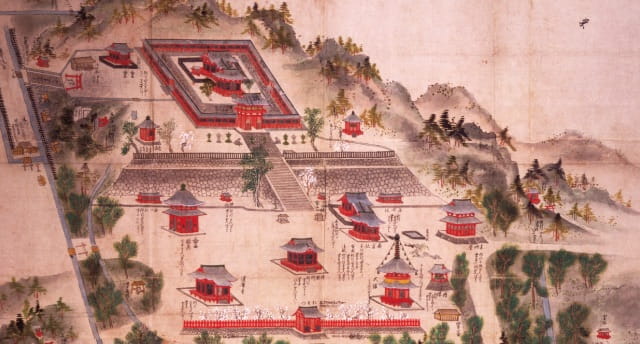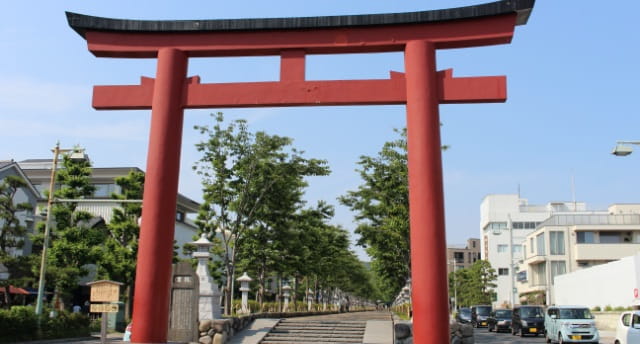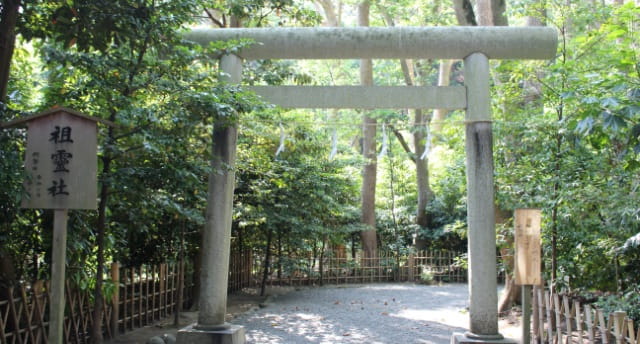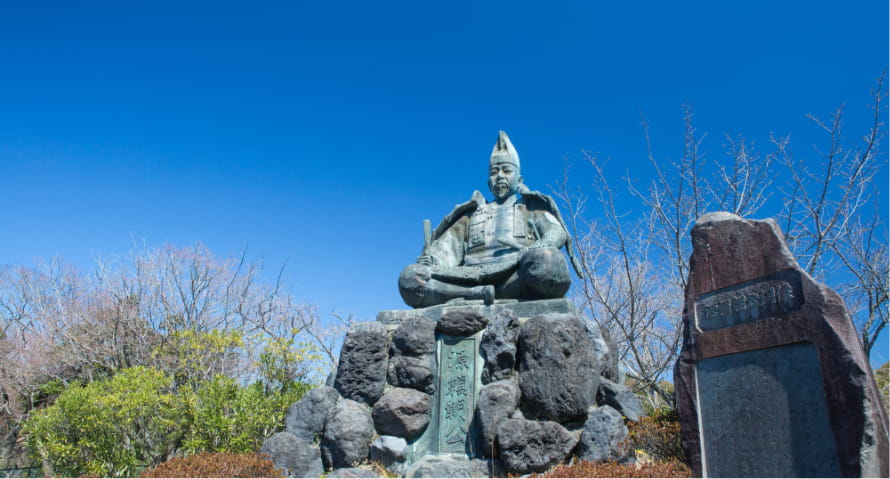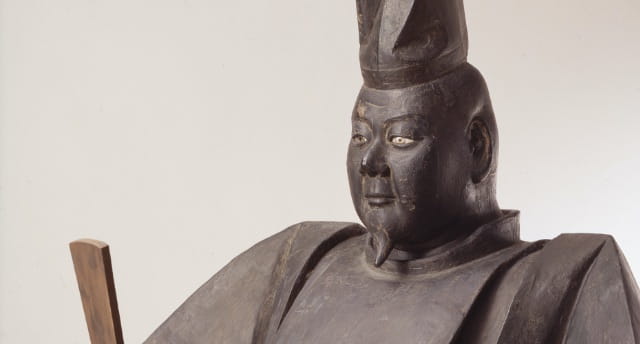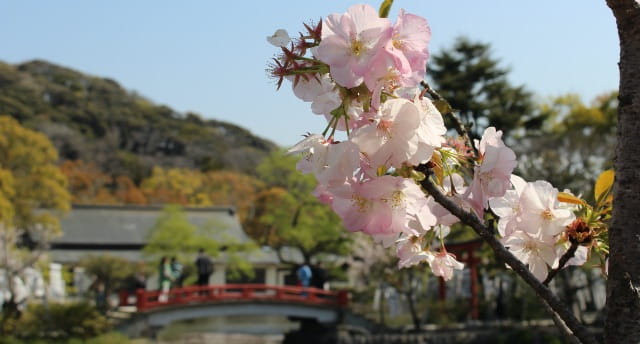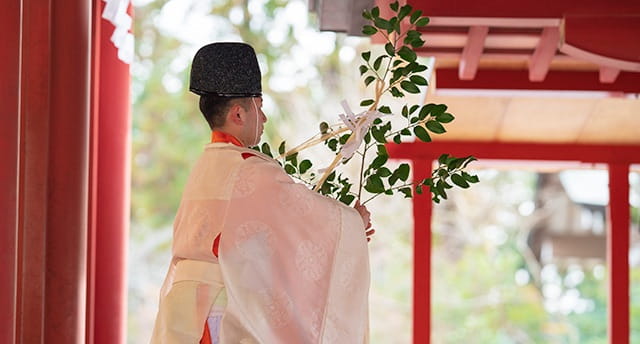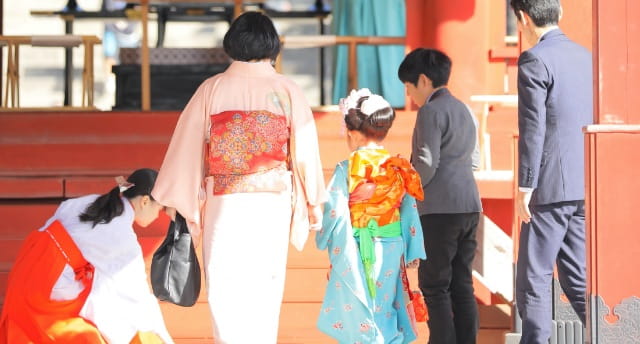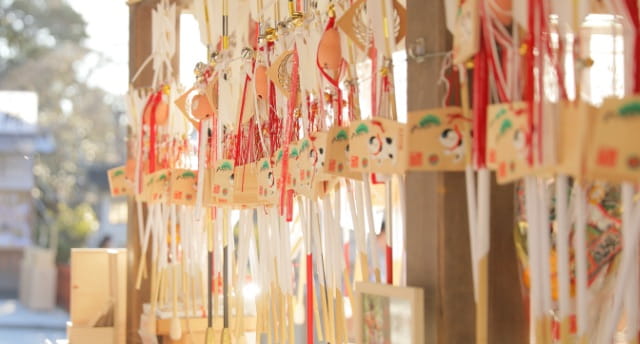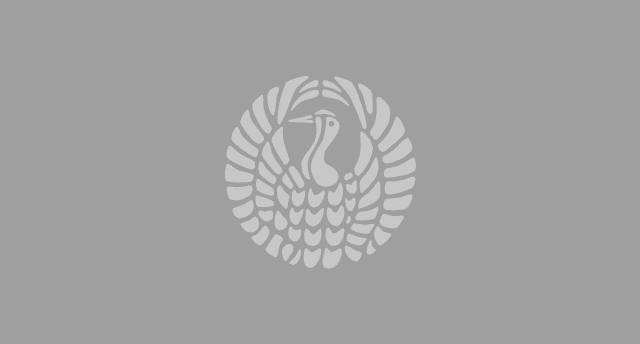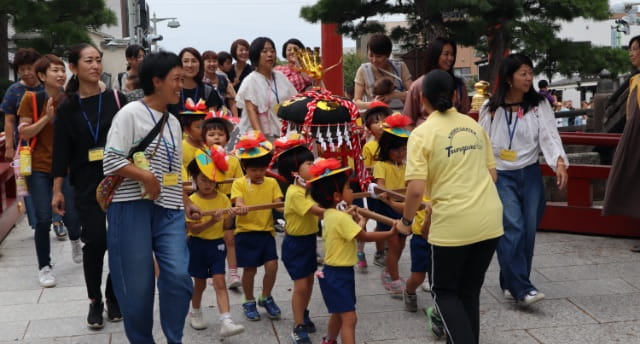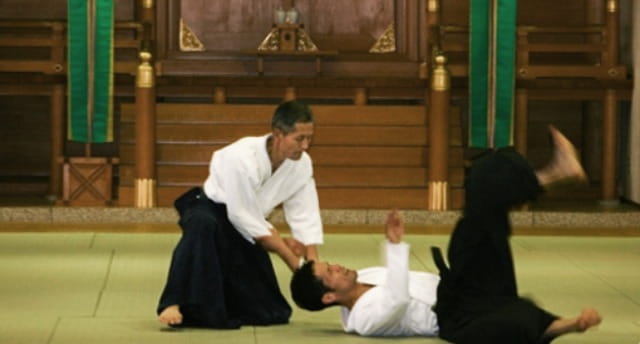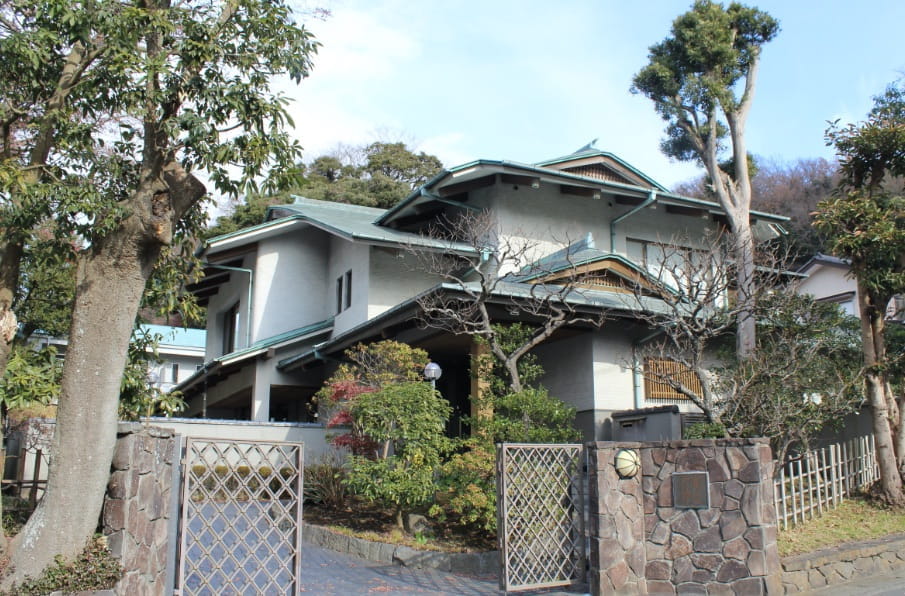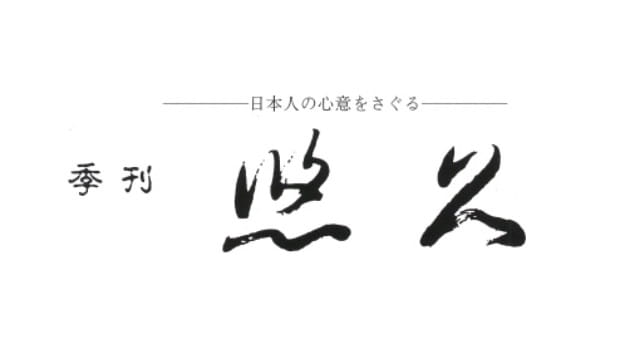Prayers and Amulets
Rituals of Life
These are rituals that celebrate turning points in one's life in which you visit a shrine to give thanks and pray to the kami for prosperity.
Wearing an Obi Ritual
Wishing for a healthy mother and child
In the fifth month of pregnancy on the day of the dog, the mother puts on an obi. The obi ritual is a ceremony to pray for the safe delivery of a child, and serves as the first greeting to the kami after the wedding.
Naming Ritual
Celebrate a successful birth and name the baby.
After a child is safely delivered, the name of the child will be announced on the seventh day. This is the naming ritual.
There are various ways of naming the baby, such as by the parents or by consulting with the grandparents, but naming rituals have been held at shrines since ancient times in order to receive the name of the baby from the kami.
First Visit to a Shrine Ritual
The first time for the family to visit a shrine together.
It is customary to visit a shrine on the 31st day for boys and the 33rd day for girls.
This is an old custom that allows both mother and child to pay their respects to a shrine. This is the day of the hatsumiya (first visit to a shrine), and a day for the parents and healthy child to pay respects to the kami.
Shichi-Go-San Festival
Wishing your child healthy growth
For boys, at 3 and 5 years old, and girls, at 3 and 7 years old, Shichi-Go-San is a time for children to pay their respects to the kami.
The Shichi-Go-San festival comes from a set of ancient rituals. Traditionally, both boys and girls could begin to grow their hair for the first time after birth at the age of three after the Kamioki ritual. Hakamagi celebrates the first time a boy wears a hakama (a traditional Japanese male garment) when he is 5 years old. While Obitoki is a ritual for girls to put on an obi for the first time when they are 7 years old, removing the tsukehimo (a strap) that has been used as a substitute for an obi.
The Shichi-Go-San festival is celebrated on November 15th. This is because Tokugawa Tsunayoshi celebrated the health of his son, Tokumatsu-kun, on this day in the Edo period.
It is a festival to pray for the healthy growth of the child and to celebrate the age that the child turned.
| 3-year-old | boys and girls | Kamioki |
|---|---|---|
| 5-year-old | boys | Hakamagi |
| 7-year-old | girls | Obitoki |
Celebration of Enrollment
Report your child’s growth to the kami
One of the first big steps in growing up is the entrance ritual for children. This is a time to celebrate the beginning of school and to give thanks to the kami for the growth and success of the child.
Coming-of-Age Ceremony
The day we take our vows as adults
This is the day to celebrate the Coming-of-Age ceremony, which corresponds to the old Genpuku and Kanmuri-no-Rei for boys and Hatsumotoyui for girls.
The following year after turning 20, a ceremony is held to mark the beginning of one's life as a Japanese person and to make a vow as a member of society. The ceremony is performed in front of a Shinto shrine.
On Coming-of-Age Day (held on the second Monday in January), the shrine holds a ceremony at the Mai-Den (Main Hall), where the young men and women participating in the Coming-of-Age ceremony go up to the Mai-Den to make their vows.
Nuptials
Blessed vows, a sacred ceremony
A new family is born thanks to the special bond of marriage.
The greatest ceremony in life is for the couple to report their marriage to the kami and have the beginning of their new life together witnessed and approved by their families and close friends.
Warding off Evil
Wishing you well at this time of life transition
Years of bad luck are a very important time of mental, physical and social transition for both men and women. The ages of 42 for men and 33 for women are considered to be years of bad luck. The bad luck is believed to come in a three-year period that also includes the years after and before the main year, which are considered years of lesser bad luck. In these years, we should pray in order to get rid of misfortune and avoid disasters.
Prayers for warding off evil spirits are available throughout the year. In particular, at the Tsurugaoka Yakuyoke Festival held at the end of January on Saturdays and Sundays, many people choose to receive special prayers to ward off evil spirits.
About the Tsurugaoka Yakuyoke Festival
Bad Luck Years Chart
New Year's Celebration
Rejoice in life's progress and move forward
This is a purifying ritual to pray for safe and happy aging and strong progress in life.
(*Note) If you are 60 years old, you can receive a prayer for Kanreki Yakuyoke as 60 years old is the year before the bad luck.
| Kanreki | 61 years old | Koki | 70 years old | Kiju | 77 years old |
|---|---|---|---|---|---|
| Sanju | 80 years old | Beiju | 88 years old | Sotsuju | 90 years old |
| Hakuju | 99 years old |
Funeral Services
Return to the kami
We will live out our natural life and eventually end our lives. Originally, human life was given to us by the kami. However, since the temple system of the Edo period, the Buddhist funeral ritual has been established. In the Meiji era, it became possible to hold funerals freely and to pay respects to our ancestors in the Shinto way.
Please contact us for information about the mitama-matsuri services such as the wake ritual, farewell ritual, coming home ritual, 10-day ritual, 30-day ritual, 50-day ritual, 100-day ritual, annual ritual, etc., and for information about the cemetery.

